| There are many docks along the river. I once had a gardening customer who lived in a house across the street from the river. She had a boathouse and a dock on the other side of the street. She was not in the best of health so she had a home health aide who helped out around the house and monitored the lady’s medication. She took a large number of prescriptions. Anyway, as turned out, despite having lived near the river for many years, my customer never learned how to swim. One day, the home health aide told me that there was a tipped over flower pot at the end of the dock. She said, “Do you know how to swim?” “Yes,” I said. She asked me to take care of the flower pot because, like her patient, the home health aide also had never learned how to swim. Both of them were afraid that they would fall in the water. It was a hot day. I was hoping to fall in the water, but it didn’t happen.
Unfortunately, the home health aide had to retire because she was in poor health. My customer had a terrible fall three years ago and passed away. She was described as a “great character.” She was born in the same year as Queen Elizabeth II, but “my hats aren’t as good,” she told me. She was buried in the same cemetery as my dad. |

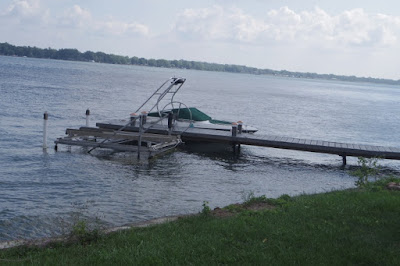


















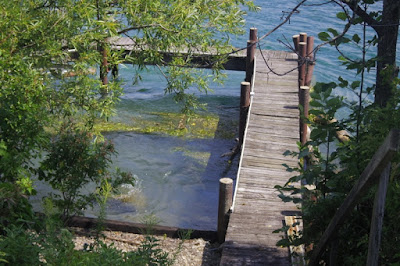
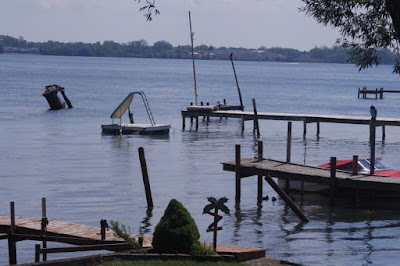








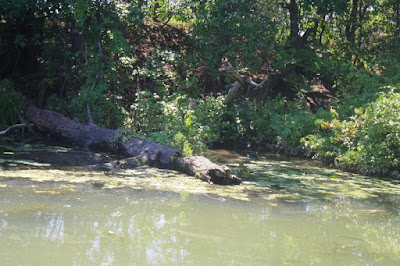




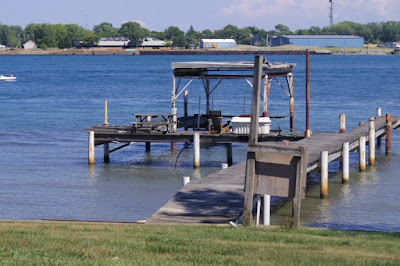
Beautiful walk, history lessons and tributes. You discover so much by walking.